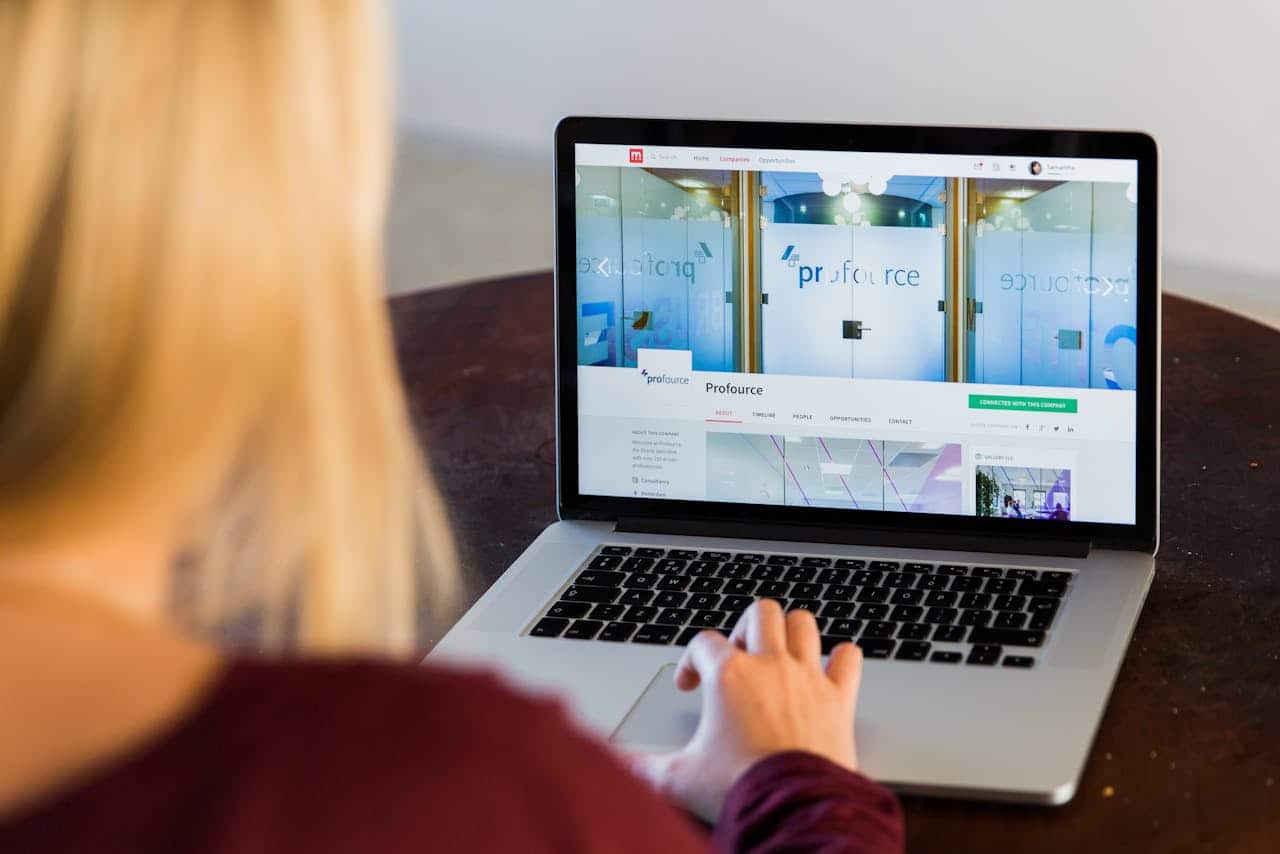Making your website accessible means ensuring everyone, including people with disabilities, can use it without difficulties. This is important because it allows you to reach a wider audience and ensures that all users have a positive experience on your site. Accessibility is not just about legal requirements; it’s about being inclusive and considerate.
Various disabilities can affect how people interact with websites. These include visual impairments, hearing impairments, motor skill difficulties, and cognitive disabilities. Designing your website with these in mind means making it usable for everyone. For example, someone with a visual impairment might use a screen reader to navigate your site, while someone with a motor skill difficulty might rely on keyboard shortcuts.
Focusing on accessibility improves your website for all visitors. This can lead to increased engagement, higher customer satisfaction, and improved search engine rankings. Accessibility is a win-win: it helps those who need it most while also benefiting your business.
Let’s explore why accessibility matters and show you essential tools and resources to ensure your website is accessible to everyone.
Why Website Accessibility Matters
Website accessibility matters for several key reasons. First, it ensures that all people, regardless of their abilities, can access and use your website. This is important for inclusivity and fairness. Everyone deserves the same access to digital information and services. Making your site accessible helps you reach a broader audience, including people with disabilities.
Second, accessibility can improve your business. When your website is easy to use for everyone, more people will visit and stay longer. This can lead to higher engagement and better customer satisfaction. Accessible websites also make it easier for search engines to crawl, which can help improve your search engine ranking. This means more people can find your site through search engines.
Lastly, it fulfills legal requirements. Laws such as the Americans with Disabilities Act (ADA) require websites to be accessible. Failing to meet these standards can result in legal issues and fines. By prioritizing accessibility, you do the right thing and protect your business from potential legal problems.
Essential Accessibility Tools for Your Website
Using the right tools can make the process of improving your website’s accessibility easier and more effective. Here are some essential tools you should consider:
1. Screen Reader Software: Tools like JAWS or NVDA help simulate how a visually impaired person navigates your website. This allows you to ensure your site is compatible with these devices.
2. Color Contrast Analyzers: Tools such as the WebAIM Color Contrast Checker help you choose colors that are easily distinguishable for people with visual impairments. Proper contrast is crucial for readability.
3. Keyboard Navigation Tools: Programs like WebAIM’s Keyboard Accessibility Tool allow you to test if all functions on your site are accessible by keyboard alone. Many users with motor disabilities rely on keyboard navigation.
4. Accessibility Validators: Tools like WAVE or axe can scan your website for accessibility issues and provide suggestions for fixes. These tools help you identify and resolve issues quickly.
By incorporating these tools into your web design process, you can effectively identify and solve accessibility issues. This ensures that your website is usable for all visitors.
Step-by-Step Guide to Implementing Accessibility Features
Making your website accessible involves several key steps. Here’s a simple guide to help you get started:
1. Audit Your Website: Start by analyzing your current website to identify areas that need improvement. Use accessibility validators like WAVE or axe to find existing issues.
2. Implement Accessible Design Principles: Ensure your design elements follow best practices. This includes using high-contrast colors, large and readable fonts, and alt text for all images.
3. Ensure Keyboard Accessibility: Make sure all interactive elements, like buttons and forms, can be accessed and used with a keyboard. Test this by navigating your site without using a mouse.
4. Make Media Accessible: Provide captions and transcripts for all videos and audio files. This helps users who are deaf or hard of hearing.
5. Conduct Regular Testing: Continuously test your website using screen reader software and other accessibility tools. Ensure your site remains accessible as you update or add new content.
By following these steps, you can make significant improvements to your site’s accessibility, ensuring it is usable for everyone.
Resources to Learn More About Web Accessibility
There are many valuable resources available to help you understand and implement web accessibility. Here are some key ones to consider:
1. Web Content Accessibility Guidelines (WCAG): These guidelines, created by the World Wide Web Consortium (W3C), provide comprehensive information on making web content accessible.
2. WebAIM (Web Accessibility In Mind): This resource offers a range of tools, articles, and tutorials on different aspects of web accessibility.
3. Accessibility Blogs and Forums: Many experts share their knowledge and tips through blogs and online communities. Following these can keep you updated on best practices and new developments.
4. Online Courses and Webinars: There are numerous free and paid courses available that delve into web accessibility. These provide in-depth knowledge and practical examples to help you implement accessibility features on your site.
Using these resources, you can stay informed and continuously improve your website’s accessibility, making it more inclusive for all users.
Expand Your Reach, Enhance Your Brand
Website accessibility is crucial for reaching a wider audience and providing a positive user experience for everyone. By using the right tools and following best practices, you can make your website accessible and inclusive. This not only benefits users with disabilities but also enhances your overall site performance and compliance with legal standards.
At Designly, we believe in creating websites that everyone can use and enjoy. Our mission is to help small businesses succeed online with affordable web design solutions that prioritize accessibility. Ready to make your website accessible? Contact our web design company in Milwaukee today, and let’s create an inclusive online experience for all your visitors!






0 Comments